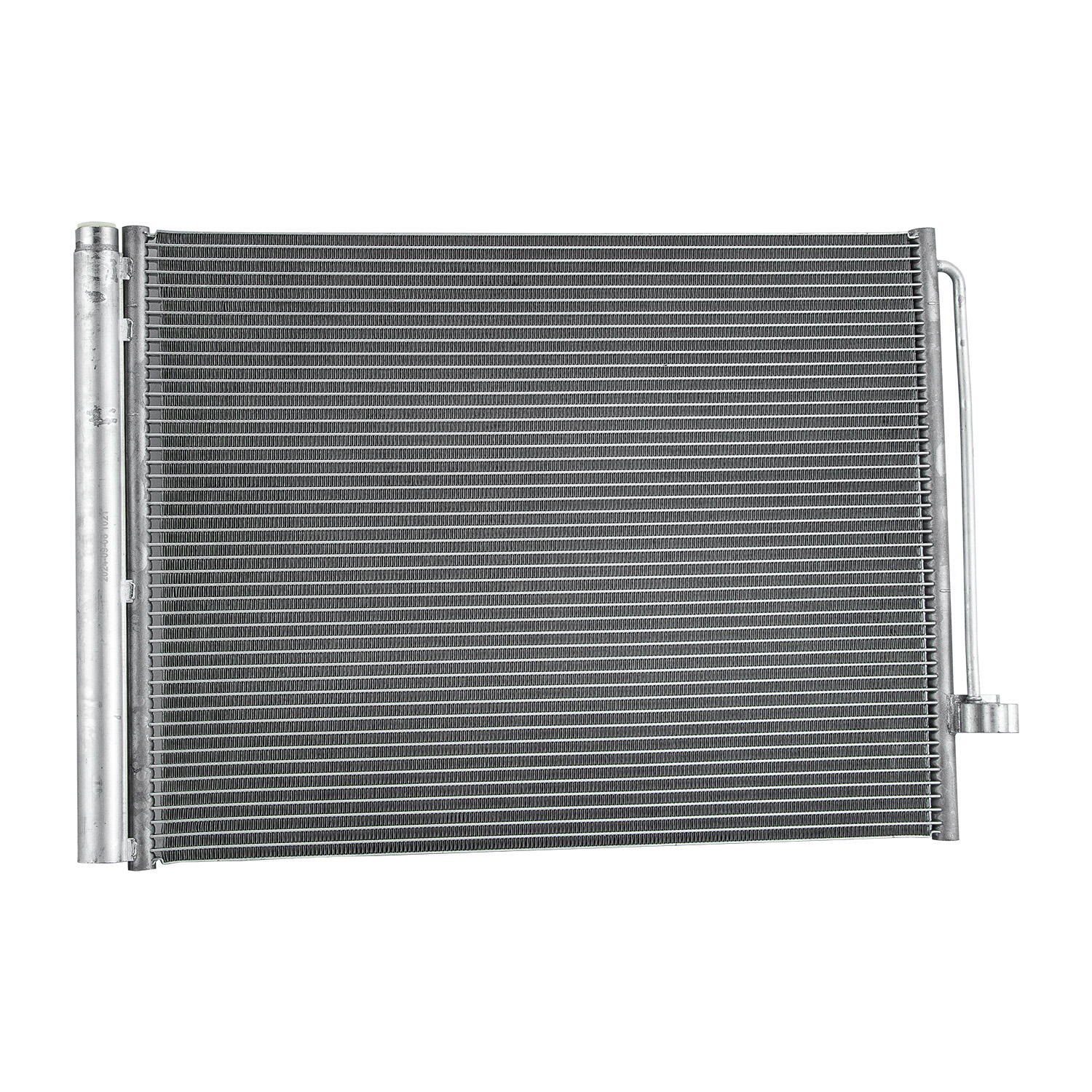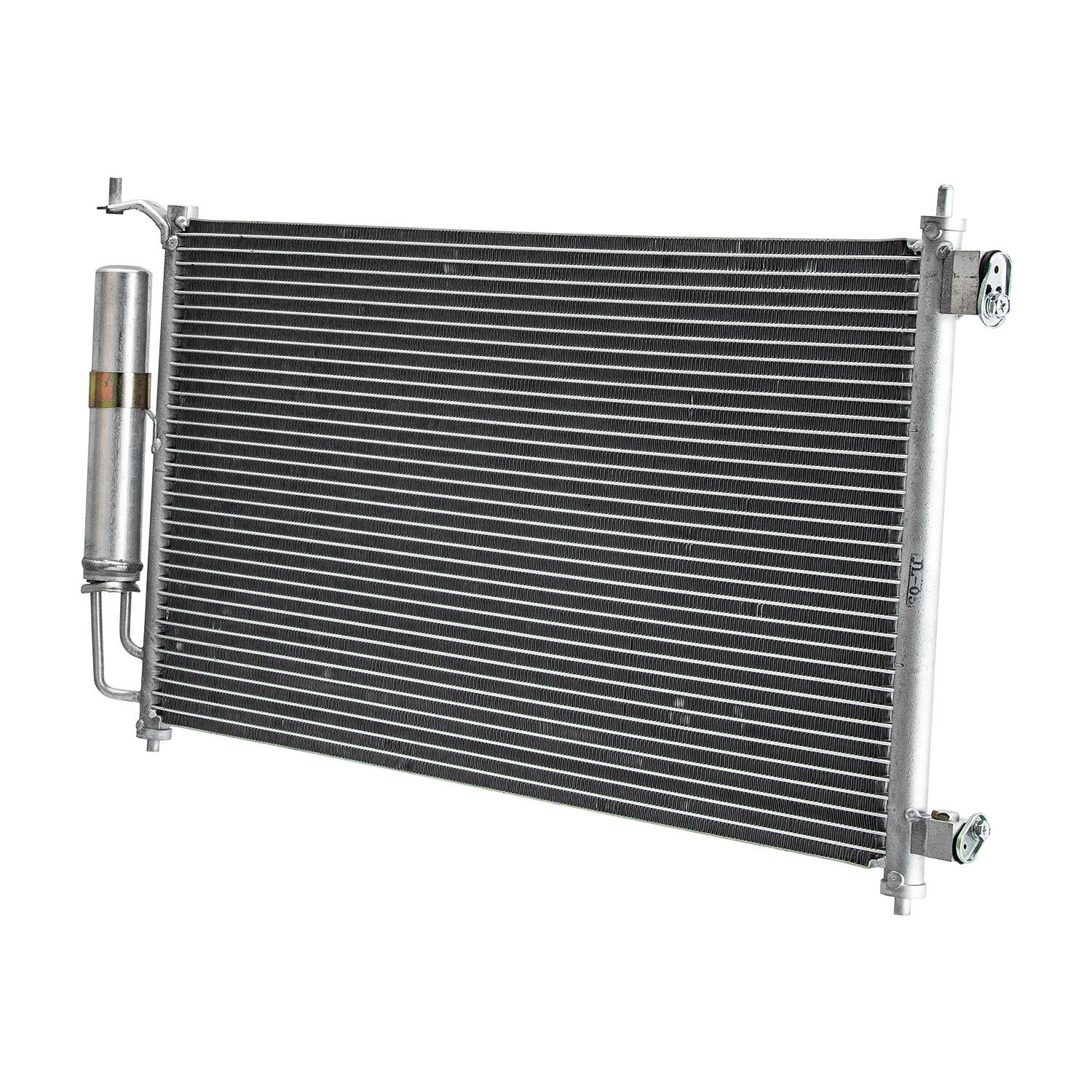auto air conditioner condenser
The auto air conditioner condenser is a crucial component in your vehicle's cooling system, serving as the primary heat exchanger that transforms hot refrigerant gas into a liquid state. Located typically at the front of your vehicle near the radiator, this essential part works by releasing heat from the refrigerant into the outside air through a series of tubes and fins. The condenser operates through a sophisticated process where high-pressure refrigerant gas enters at temperatures around 180°F, then gradually cools and condenses as it flows through the unit's specialized channels. Modern condensers feature aluminum construction with parallel flow designs, maximizing heat transfer efficiency while minimizing weight and space requirements. The component works in perfect synchronization with other AC system parts, including the compressor, expansion valve, and evaporator, to maintain optimal cabin temperature. Advanced models incorporate integrated receivers and sub-cooling sections, enhancing overall system performance and reliability. The condenser's design includes multiple pass configurations that ensure thorough heat dissipation, while its strategic placement allows for maximum airflow exposure, whether from natural vehicle movement or electric cooling fans.


